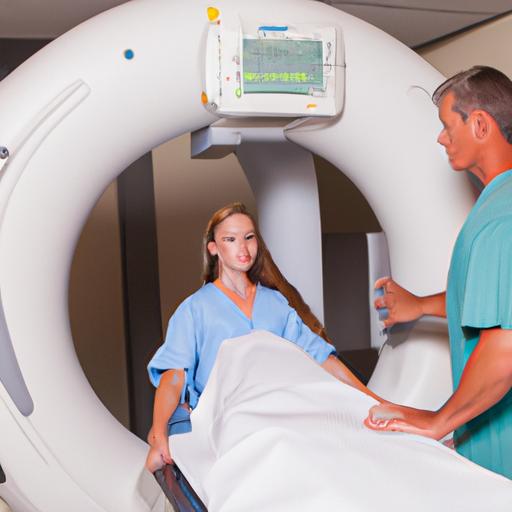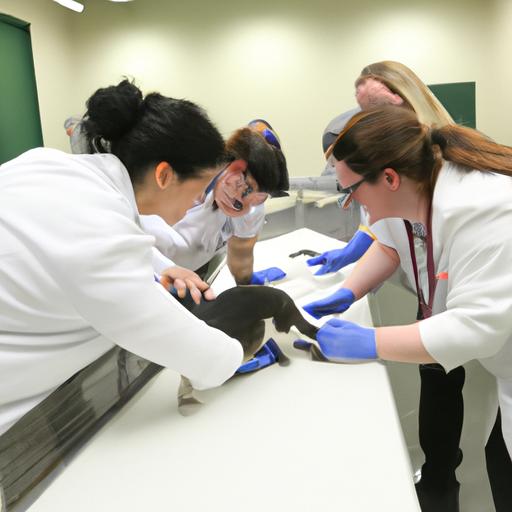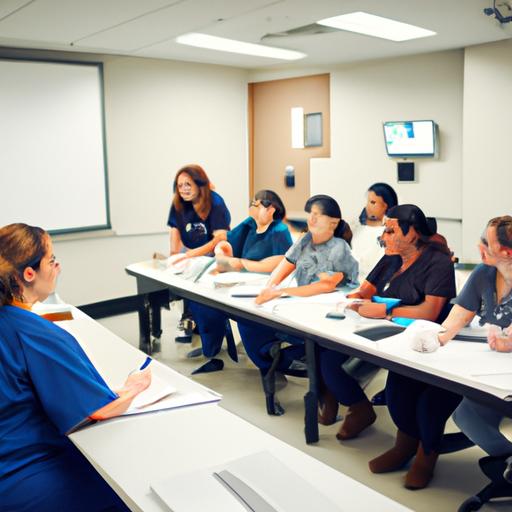What Does a Radiology Tech Do?
Radiology techs, also known as Radiologic Technologists, play a crucial role in the healthcare industry. Their primary responsibility is to perform diagnostic imaging procedures to help physicians diagnose and treat medical conditions. These highly skilled professionals operate a variety of imaging equipment, such as X-ray machines, MRIs, CT scanners, and ultrasounds, to produce detailed images of the inside of the body.
In the field of healthcare, radiology techs are essential in providing accurate and timely diagnostic information that aids in patient care. They work closely with radiologists and other healthcare providers to ensure that imaging procedures are conducted safely and efficiently. The role of a radiology tech is not only technically demanding but also requires strong communication skills and a compassionate approach when working with patients.
Responsibilities of a Radiology Tech
Performing Diagnostic Imaging Procedures
Radiology techs are trained to perform a variety of diagnostic imaging procedures, such as X-rays, MRIs, CT scans, and ultrasounds. They follow specific protocols to position patients correctly and capture high-quality images that provide valuable information for healthcare providers.
Operating and Maintaining Imaging Equipment
One of the key responsibilities of a radiology tech is to operate and maintain imaging equipment. This includes calibrating machines, adjusting settings for optimal image quality, and troubleshooting any technical issues that may arise during procedures. By ensuring that equipment is functioning properly, radiology techs help deliver accurate and reliable imaging results.
Ensuring Patient Safety During Procedures
Patient safety is paramount in the field of radiology. Radiology techs are responsible for explaining procedures to patients, addressing any concerns they may have, and taking necessary precautions to minimize radiation exposure. By following strict safety protocols and guidelines, radiology techs prioritize the well-being of their patients throughout the imaging process.
Types of Imaging Procedures Performed by Radiology Techs
X-rays
X-rays are one of the most common imaging procedures performed by radiology techs. They use electromagnetic radiation to create images of bones, organs, and tissues within the body. X-rays are valuable in diagnosing fractures, infections, and other conditions that require a detailed view of the skeletal system.
MRIs
Magnetic Resonance Imaging (MRI) is a non-invasive imaging technique that uses powerful magnets and radio waves to create detailed images of the body’s internal structures. Radiology techs operate MRI machines to produce high-resolution images of soft tissues, organs, and joints, making it a valuable tool in diagnosing conditions such as tumors, neurological disorders, and joint injuries.
CT Scans
Computed Tomography (CT) scans combine X-rays with computer technology to create cross-sectional images of the body. Radiology techs perform CT scans to provide detailed views of internal organs, blood vessels, and tissues. CT scans are commonly used to detect tumors, assess injuries, and guide surgical procedures.
Ultrasounds
Ultrasounds use sound waves to create real-time images of the body’s internal structures. Radiology techs use ultrasound machines to visualize organs, blood flow, and developing fetuses during pregnancy. Ultrasounds are safe, non-invasive, and versatile imaging tools that assist in diagnosing various medical conditions.
Education and Training Requirements for Radiology Techs
Certification and Licensing Requirements
Becoming a radiology tech requires completion of an accredited radiologic technology program and obtaining certification or licensure, depending on the state’s regulations. Certification is typically achieved through the American Registry of Radiologic Technologists (ARRT) by passing a certification exam. Licensure may also be required by state laws to practice as a radiology tech.
Accredited Radiology Technology Programs
Aspiring radiology techs must enroll in an accredited radiologic technology program, which can be found at colleges, universities, and hospitals. These programs provide a combination of classroom instruction and clinical experience to prepare students for a career in radiology technology. Accreditation ensures that the program meets quality standards and prepares students for certification exams.
Continuing Education Opportunities
After becoming certified or licensed, radiology techs are often required to participate in continuing education to maintain their credentials and stay current with advances in technology and healthcare practices. Continuing education opportunities can include workshops, seminars, online courses, and conferences focused on radiology technology and related fields. Engaging in ongoing education helps radiology techs enhance their skills and knowledge for career advancement.
Career Outlook and Job Opportunities for Radiology Techs
Growth in the Field of Radiology Technology
The field of radiology technology is experiencing rapid growth due to advancements in medical imaging technology and an increasing demand for diagnostic procedures. As the population continues to age and healthcare services expand, the need for skilled radiology techs is expected to rise. This growth presents exciting opportunities for individuals interested in pursuing a career in this dynamic and evolving field.
Job Prospects in Hospitals, Clinics, and Imaging Centers
Radiology techs can find employment opportunities in a variety of healthcare settings, including hospitals, clinics, and imaging centers. Hospitals often have dedicated radiology departments where techs work alongside radiologists and other healthcare professionals to provide imaging services to patients. Clinics and imaging centers also employ radiology techs to perform diagnostic procedures on an outpatient basis, offering a diverse range of work environments for individuals in this field.
Salary Potential for Radiology Techs
The salary potential for radiology techs varies depending on factors such as experience, location, and specialization. According to the Bureau of Labor Statistics, the median annual wage for radiologic technologists was $62,280 in 2020. With opportunities for advancement and specialization, radiology techs can enhance their earning potential and build a rewarding career in the field of medical imaging.
Conclusion
In conclusion, understanding the role of a radiology tech is crucial in recognizing their essential contribution to the healthcare field. Radiology techs are skilled professionals who perform diagnostic imaging procedures to help diagnose and treat medical conditions effectively. Their expertise in operating imaging equipment and ensuring patient safety during procedures is invaluable in providing quality patient care.
As the demand for healthcare services continues to grow, the need for radiology techs is expected to increase, offering promising career opportunities in hospitals, clinics, and imaging centers. By pursuing education and training in radiology technology, individuals can embark on a rewarding career that combines technical proficiency with a commitment to patient well-being. Radiology techs truly play a vital role in the healthcare system, making a difference in the lives of patients every day.






